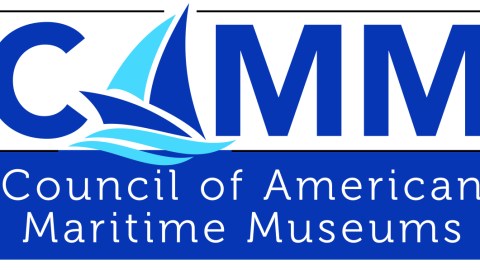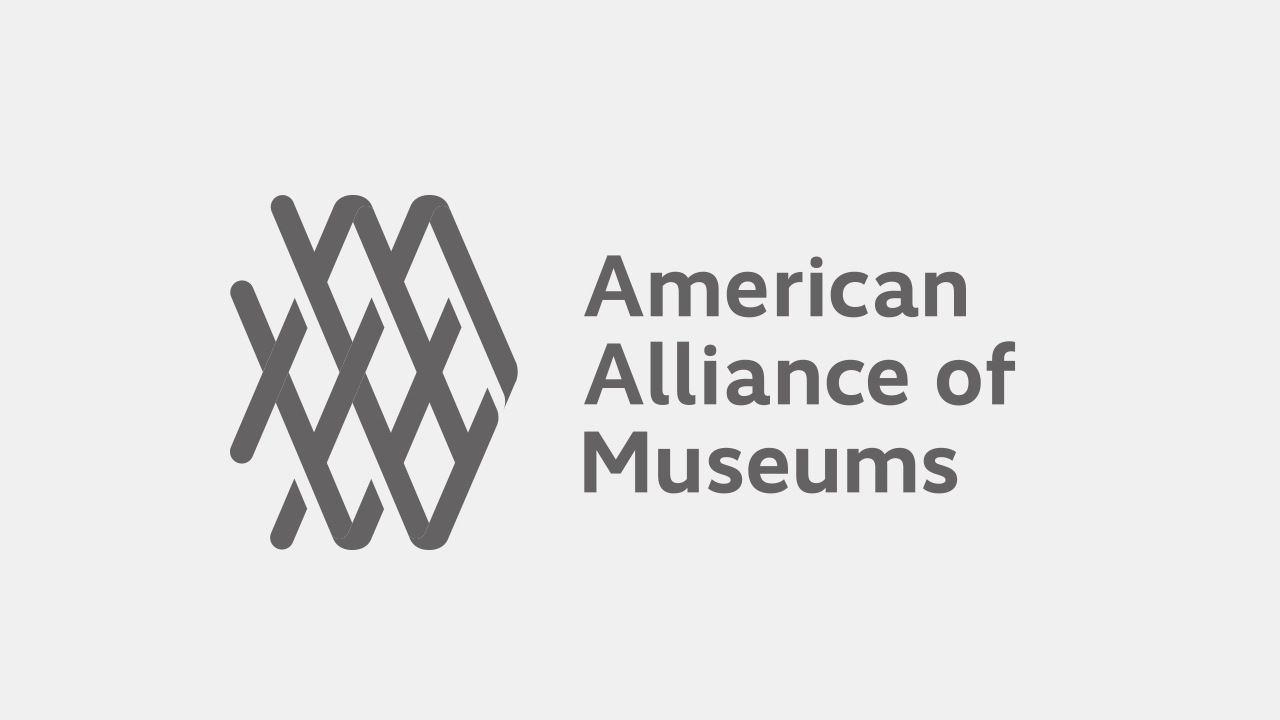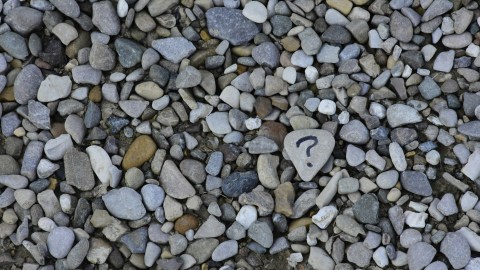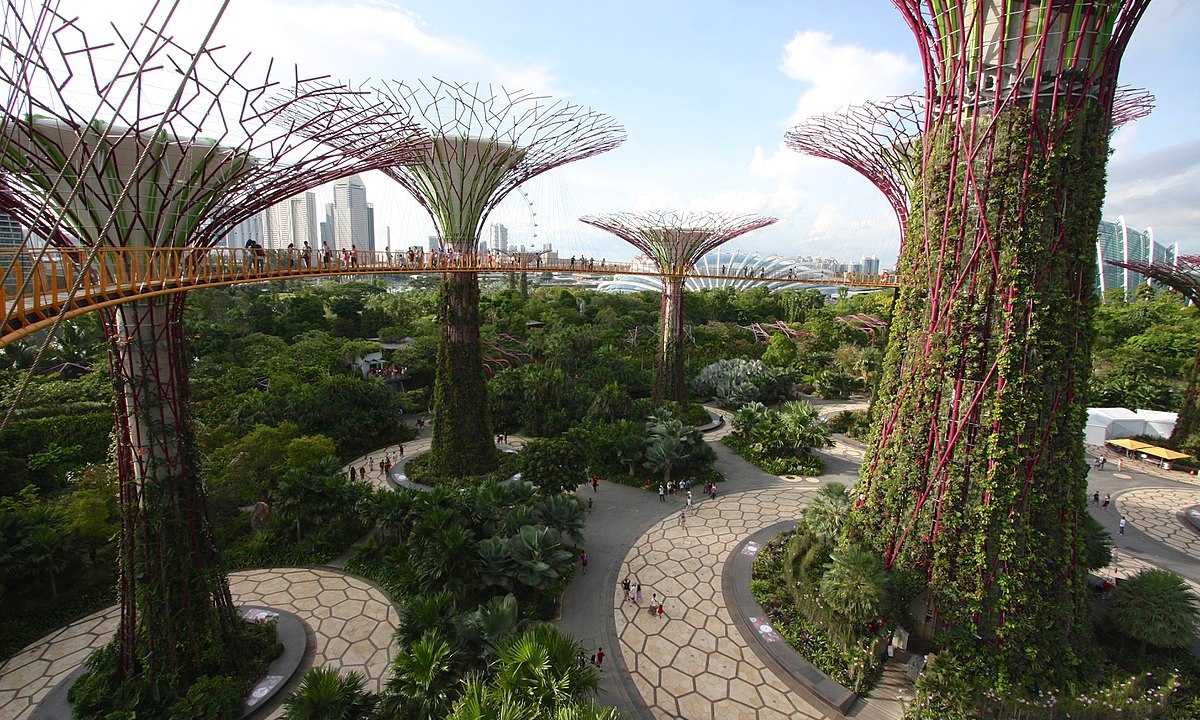
Earth’s current geologic time period has been dubbed the Anthropocenebecause the primary forces shaping this period are “human-influenced, or anthropogenic, based on overwhelming global evidence that atmospheric, geologic, hydrologic, biospheric, and other earth system processes are now altered by humans.” These altered systems are making it harder for humans to live here comfortably, hence the era’s bad reputation. Logic would suggest, though, that what we have altered already, we can alter again, this time with a positive spin.
Writing My Take for Museum 2040 was a chance to show how museums might help reform the Anthropocene’s bad reputation.
I used the opinion piece to examine my greatest frustration: “Why aren’t museums doing more about environmental sustainability and climate response?”, then visualized my greatest hope: “Museums are recognized as indispensable in a thriving community.” Here’s how my thinking evolved.
“Why aren’t museums doing more about environmental sustainability and climate response?”
I believe it’s because museums leaders think there is no clear path or mandate for doing more. I see a path, though. Mission and community needs create those paths if museums leaders stop to look. The ways in which mission and need align are often easiest to see in an urban setting where the combined needs of many people intersect with the varied content and knowledge found among museum staff. So I began My Take in the cities, imagining a future in which museums help cities reach their carbon-neutral goals.
Cities are currently setting goals to reduce carbon-producing energy consumption, but they are making a big mistake trying to meet these goals without their best potential allies: museums. There is a lot of acreage in museums’ landscapes and parking areas, rooftops and exterior walls that could be used to generate carbon-free power. Cities can also use museums’ public outreach, awareness, provide knowledge, and build skills that can lead to public behavior change and advocacy around a low/no-carbon future. Cities can’t build energy infrastructure without public support, and an uninformed public may not support cities’ efforts. Museums, as a trusted public resource, can help bridge the gap of understanding. Museums can support public engagement and fill physical infrastructure needs simultaneously.
Since I know how committed and powerful the museum field can choose to be, I projected that museums will produce so much clean energy that certain parties might actually become alarmed. I can imagine that an energy provider or regulator, or a neighbor, may feel threatened and try to regulate these efforts by reclassifying museums as a utility. In my story, the specter of reclassification is a minor but nerve-wracking blip–I am confident the fundamental construction of museums as NGOs will protect them from this kind of regulation. In the end, decision-makers will recognize the bottom-line advantages of clean energy, and design and planning professionals will understand that sustainable solutions require integrated approaches. City planners know they need help addressing environmental issues and climate change response. I want them to know their best help can come through museums.
“Museums are recognized as indispensable in a thriving community.”
My vision of museums as energy providers is still limited and limiting compared to all they are capable of contributing. My hope is that museums are naturally integrated into the fabric of future communities, and that they help their communities thrive. So, what role can a museum play that is greater, more pervasive, than serving as an energy producer?
- aquariums will have contributed so significantly to coral reef rehabilitation that any surviving island communities can safely fish and sustain themselves again, and fish populations around the world with be healthier and more productive
- a consortium of archives and historic sites will have recovered cultural ways of climate coping so that traditional and nature-based communities can continue to thrive in place despite the altered climate
- zoos and gardens will have perpetuated many threatened species of plants and creatures enough to enable us to create environments in which they can be re-established in the wild
- museums will have documented and shared the story of the destructive first stage of the Anthropocene so well that stage two becomes the story of how humanity repaired the world.
My Take acknowledges that, in the future, the benefits of climate response may be unevenly distributed. They certainly are now. Poorer people are overlooked for services and support when wealthier people are not. People living in less-developed countries and with more dramatic climate impacts such as tsunamis, droughts, fires, and mega storms are suffering at a greater degree than most others. People living in rural communities are isolated by distance from research and resources, and the positive impacts of change seem less significant when serving fewer individuals. This is where the example of international sister-city, sister-museums partnerships will be important. Just as museums can be great allies to their cities, those partnerships can be great allies to overlooked, disadvantaged museums and cities wherever they are found. So many are passed over in favor of other richer, larger, louder communities, but they won’t be if we work to avoid it.
- reduce human impacts that cause the changes in climate
- develop responses to protect humans and other creatures, and cultural and natural resources in the face of climate change
- educate the public so that all can participate in creating change.
That last item is just as critical as the first two; it’s also where I pin my hopes for 2040. If museums hold “in one diverse body” so much that is needed to support “the changes the world needs most”, then to activate it museum must engage humans to create those changes. Humans created this mess, this Anthropocene; we can darn well recreate it with a positive spin.
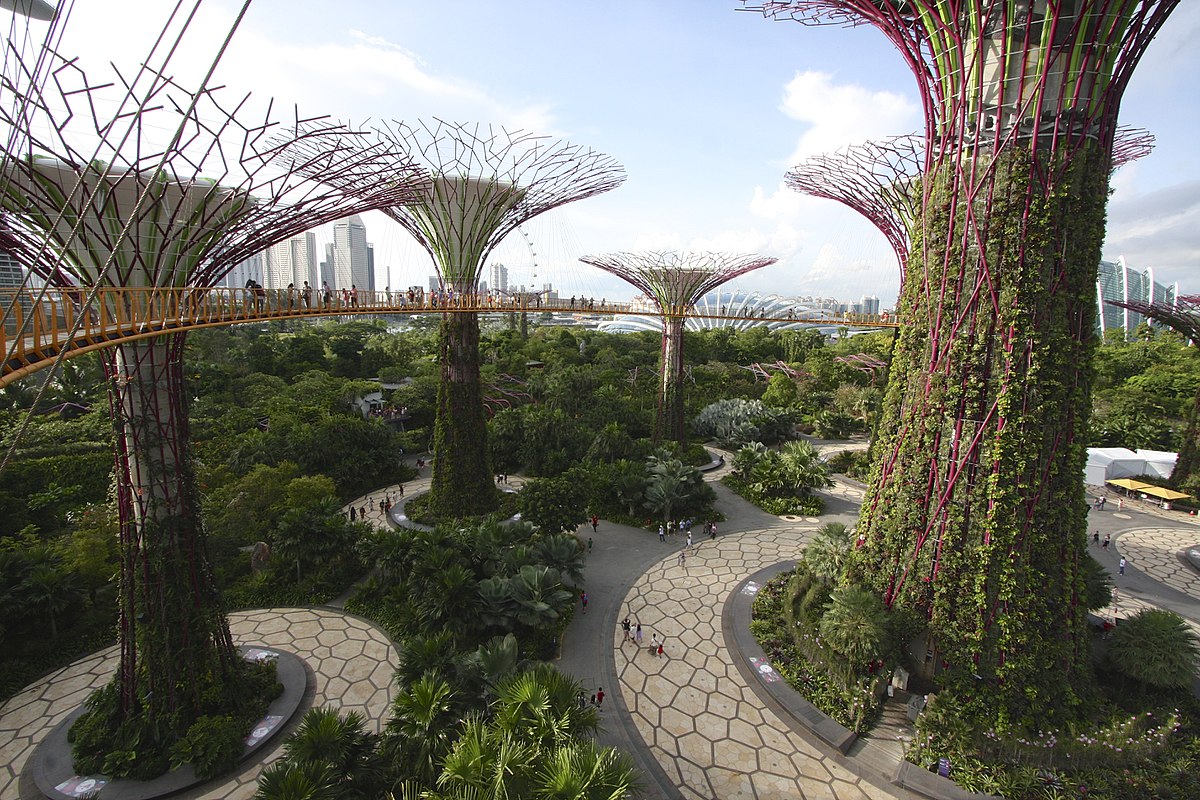 |
| Supertrees at Singapore’s Gardens by the Bay |
Further reading:
SARAH W. SUTTON, ELIZABETH WYLIE, BEKA ECONOMOPOULOS, CARTER O’BRIEN, STEPHANIE SHAPIRO, AND SHENGYIN XU, “Museums and the Future of a Healthy World: ‘Just, Verdant and Peaceful’”, Curator: The Museum Journal, Vol 60, No. 2, Wiley Periodicals, Inc. April, 2017.
[inset-related-content]


